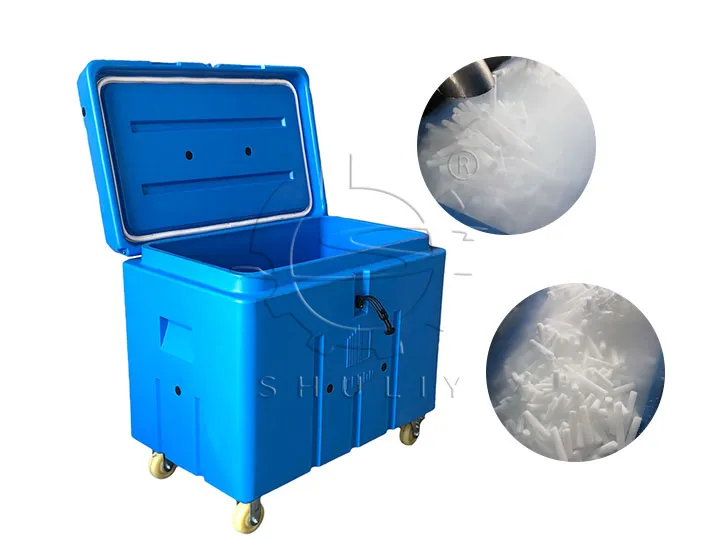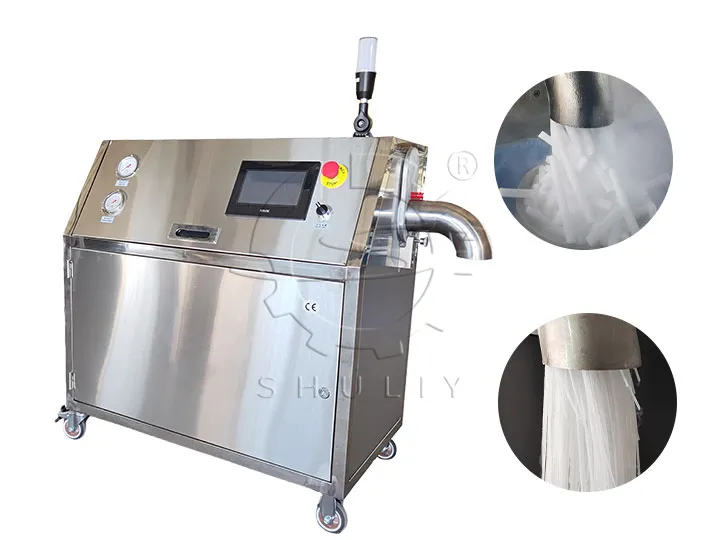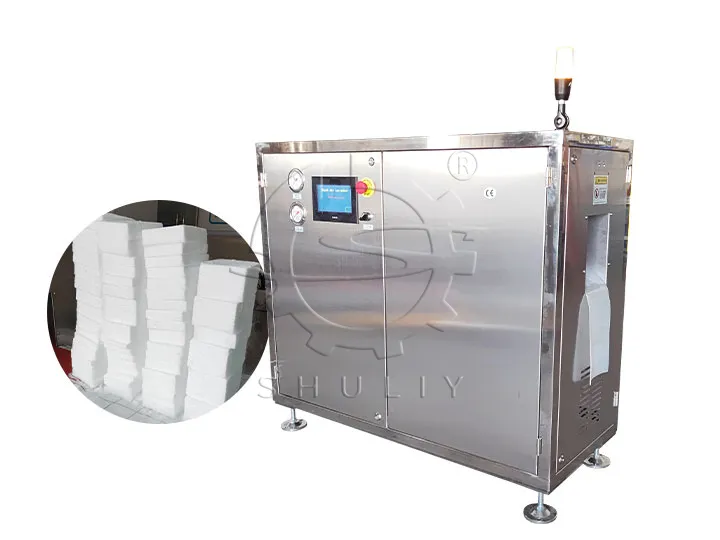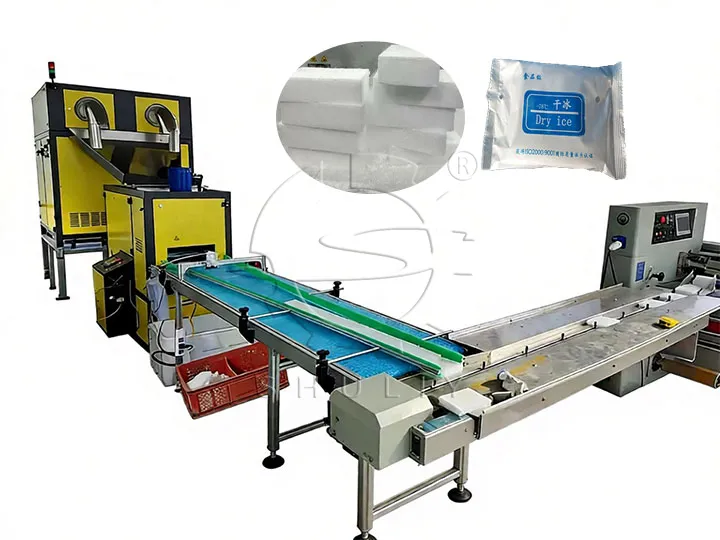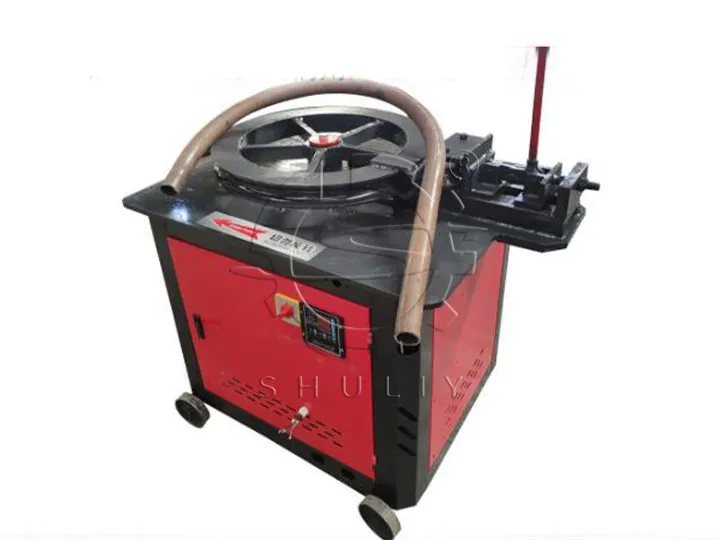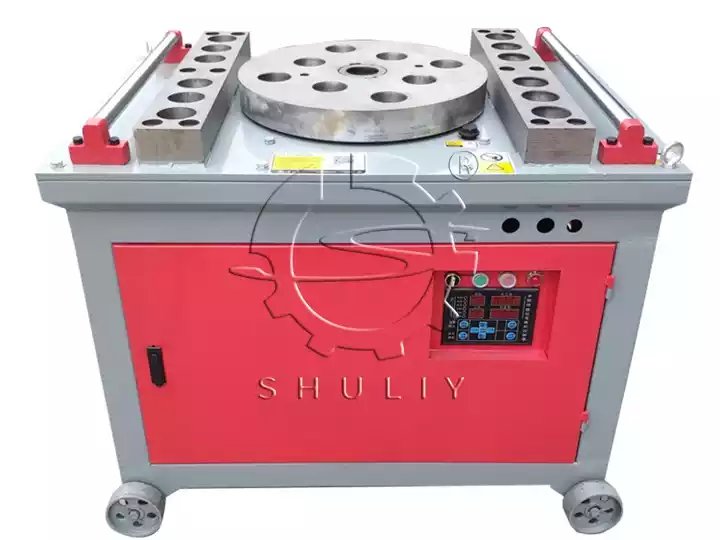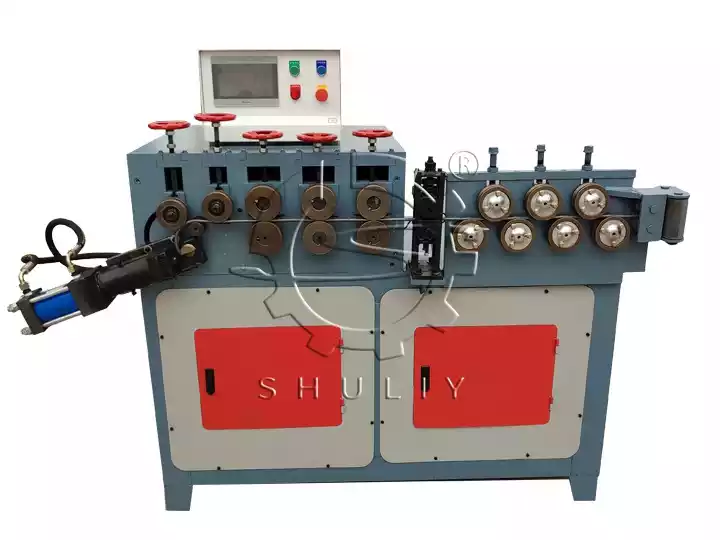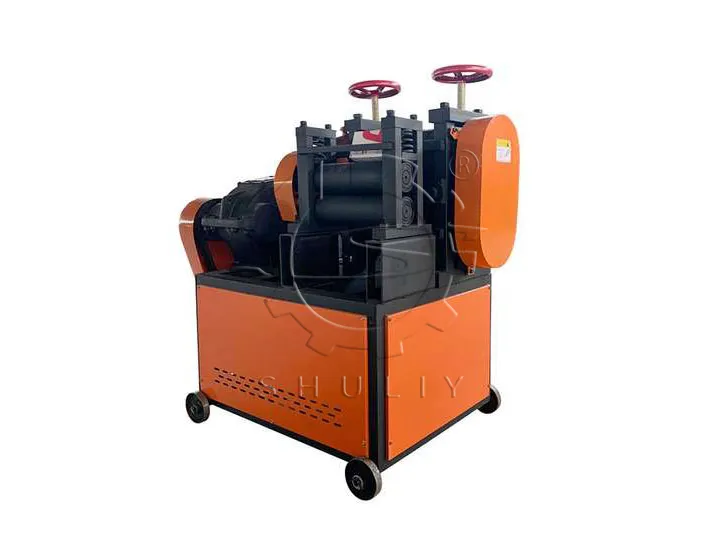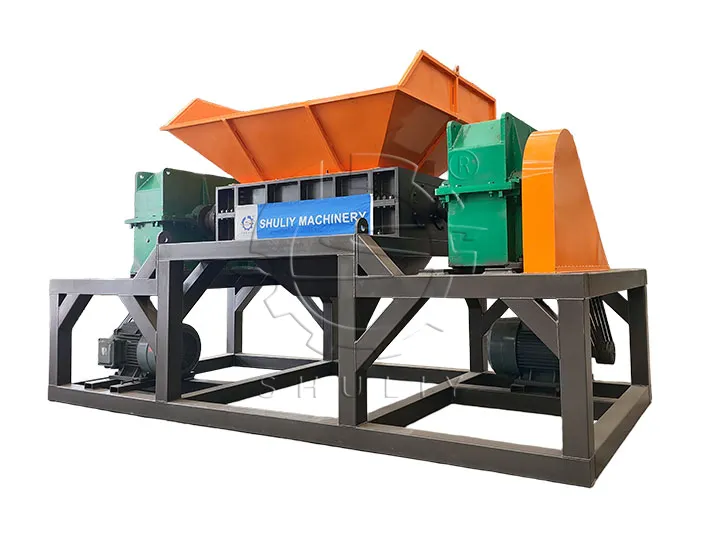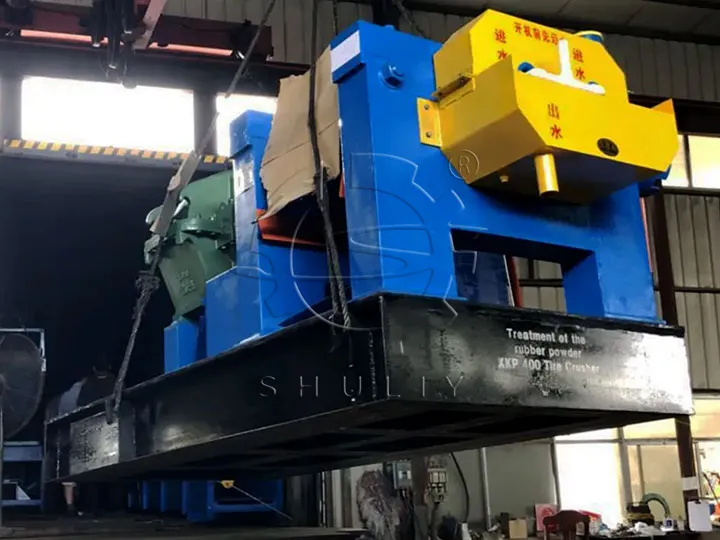Pelletizing machine plastic as the key equipment for plastic recycling needs to be carried out separately when dealing with soft and hard materials. Why can’t soft materials and hard materials be mixed and pelletized? Let’s explore this issue in depth together.
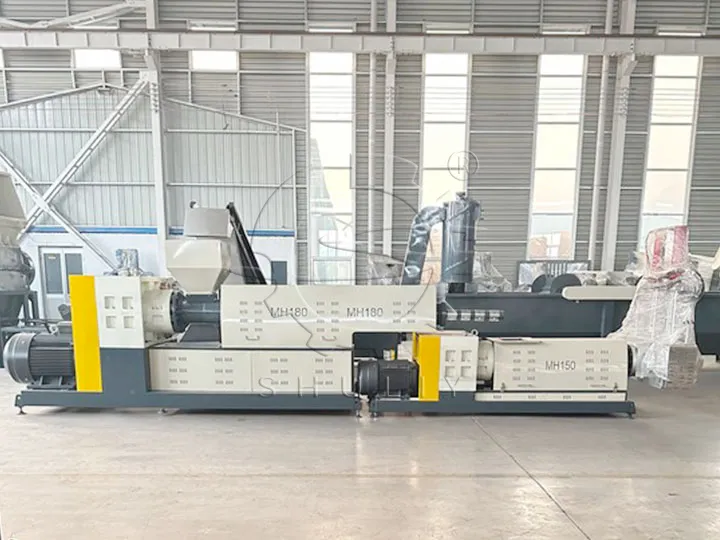
Differences Between Soft And Hard Materials
There is a clear difference between soft and hard materials in terms of physical and chemical properties:
- Soft material characteristics: such as polyethylene (PE) and other soft plastics usually have a soft, bending, stretching, etc., its molecular structure is loose, and easily to be affected by heat and softening.
- Characteristics of hard materials: such as polypropylene (PP) and other hard plastics are usually characterized by high hardness, strong tensile strength, not easy to deform, etc., and their molecular structure is dense, with a high melting point.
Challenges in Pelletizing Machine Plastic Operation
During the pelletizing process, the difference between soft and hard materials can lead to the following problems:
- Differences in melting points: The melting points of soft materials and hard materials are significantly different, making it difficult to balance the pelletizing temperatures for both.
- The difference in fluidity: Soft materials and hard materials have different fluidity, which may lead to uneven material and poor fluidity when mixing and pelletizing in the same pelletizing machine plastic.
- Molding Difficulty: The molding requirements for soft and hard materials are also different and mixing and pelletizing may lead to molding difficulties or a decrease in the quality of the finished product.
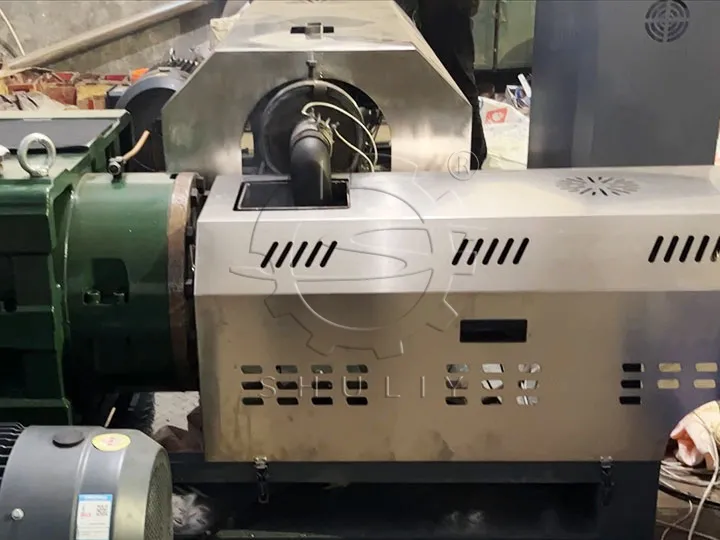
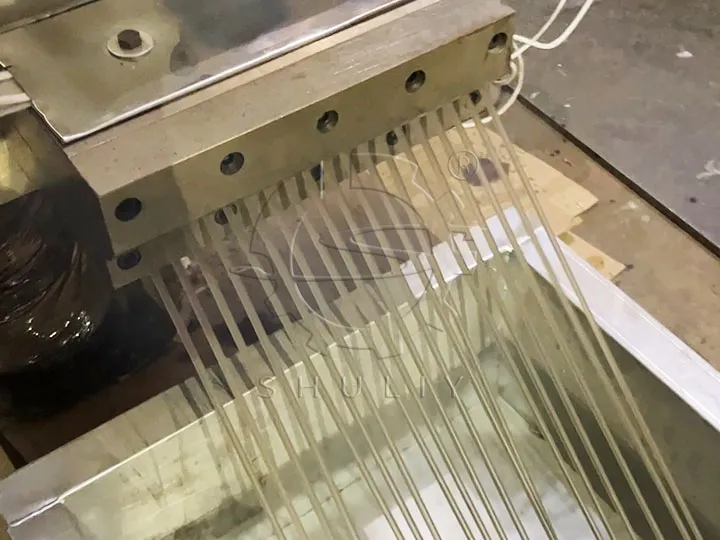
Summary: Separate Granulation To Ensure Product Quality
The differences between soft and hard materials are such that they cannot be processed at the same time in the pelletizing process. Therefore, to ensure product quality and production efficiency, soft and hard materials must be pelletized separately and treated individually according to their characteristics and requirements. This will ensure that the final pelletized product has stable quality and a good molding effect, thus bringing more benefits to customers.

